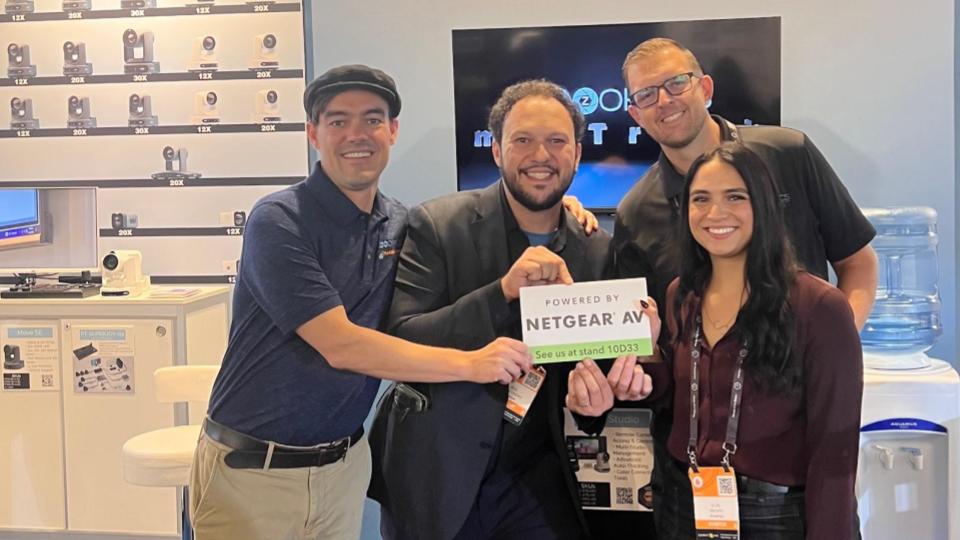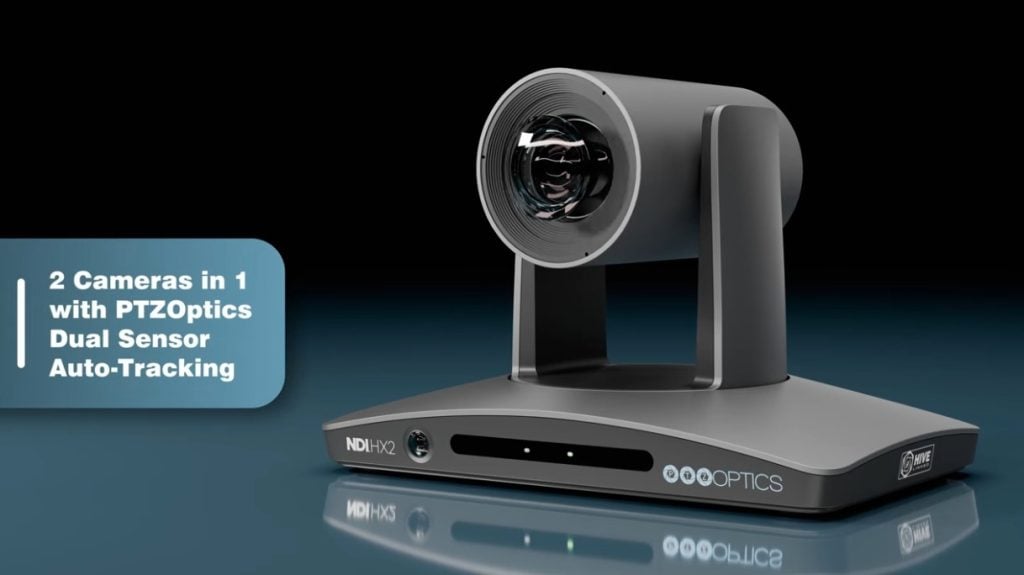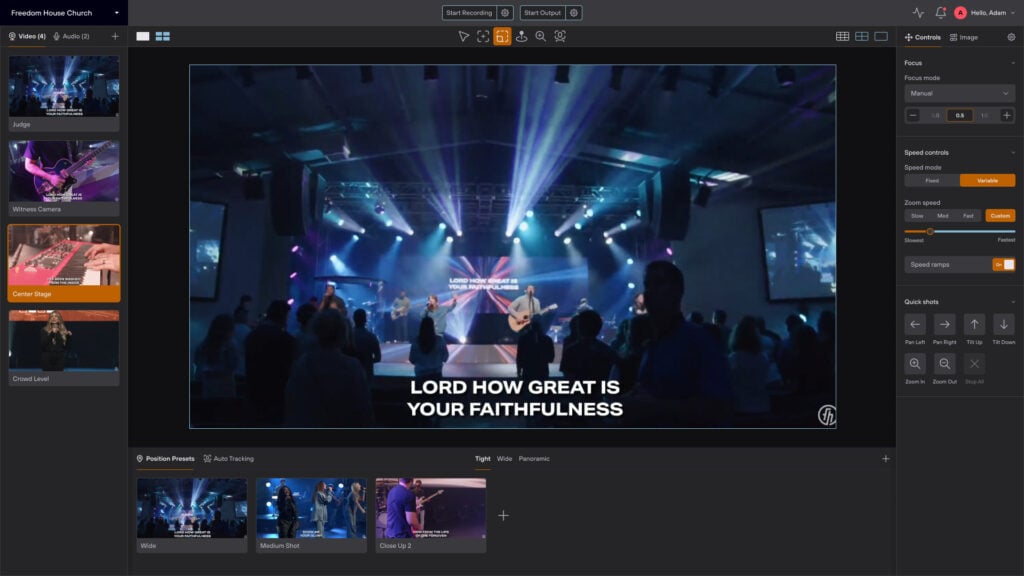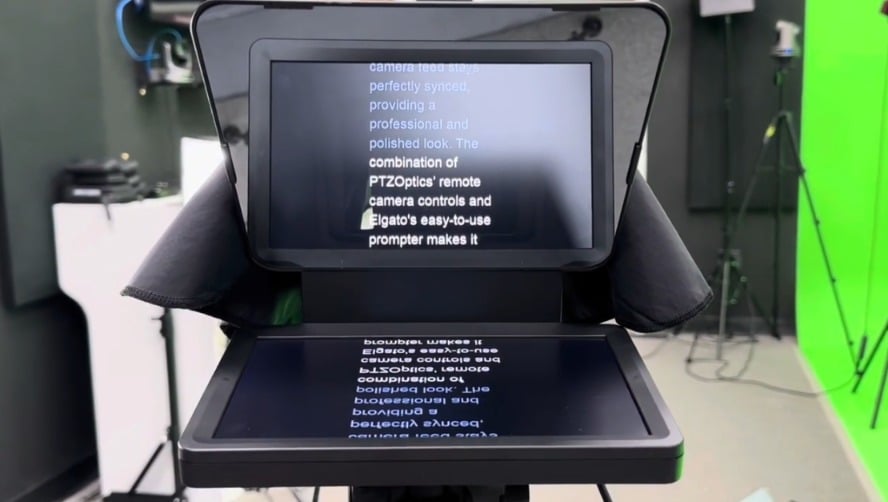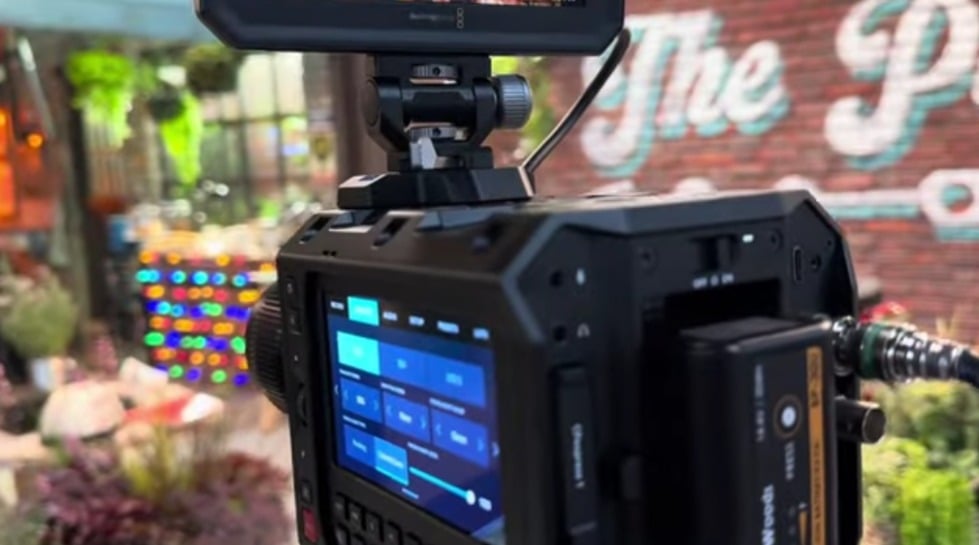Is this better than the Stream Deck Studio?
Written by Paul Richards on September 17, 2024
Is Central Control with XKeys XBE Better than the Elgato Stream Deck Studio?
The Elgato Stream Deck Studio has made quite an impression in the streaming and live production world, but there’s another contender on the market that demands attention: the XKeys XBE controller system integrated with Central Control. While the Stream Deck Studio offers 32 buttons and features like Bitfocus Buttons integration, the XKeys XBE controller system, equipped with Central Control software, takes a different approach to professional video production. So, the question arises: is this setup better than the Stream Deck Studio?
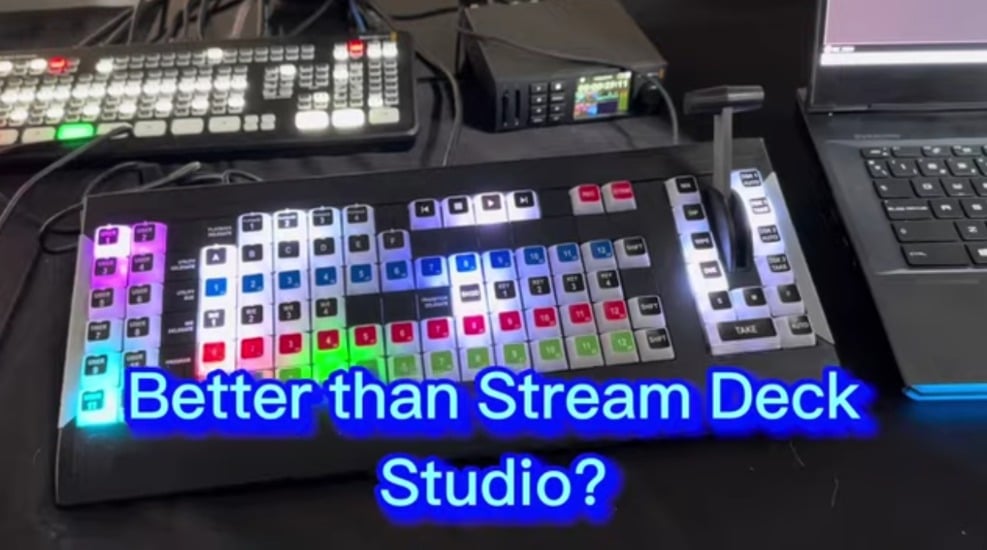
Central Control with Xkeys
Central Control and XKeys XBE: An Overview
Central Control is software similar to Bitfocus Companion but with some key differences. One of the standout features of Central Control is its ability to be embedded on a Linux machine, offering more flexibility and potential integration options for broadcasters. When paired with the XKeys XBE controller system, you get a powerful 96-key control surface that is specifically designed for broadcast environments. This system comes with multiple M/E banks, allowing users to control various elements of a live production with ease.
At IBC, the XKeys XBE with Central Control was demonstrated in action, showcasing its ability to manage complex setups involving vMix, Blackmagic devices, and PTZOptics cameras. Its extensive key layout and advanced software integration make it a robust choice for professionals who need comprehensive control over their production.
Comparing to the Stream Deck Studio
The Stream Deck Studio is an excellent option for those looking for a customizable, rack-mounted control surface with 32 buttons. Its Bitfocus Buttons integration (subscription required) and security features like RFID access cards make it a strong contender for studio environments. However, the XKeys XBE with Central Control offers a different level of control with its 96 keys and multiple M/E banks.
One of the main advantages of the XKeys XBE system is its extensive button count, which allows for more dedicated controls in complex workflows. It’s designed with broadcasters in mind, providing a more tactile and expansive interface compared to the Stream Deck Studio’s 32 buttons. This makes it particularly well-suited for users who need to manage a broad range of actions and want the ability to quickly switch between different M/E banks.
Additionally, the integration of Central Control software offers more flexibility, particularly with its capability to run on a Linux machine. This opens up possibilities for more robust, dedicated systems that are less reliant on typical consumer operating systems like Windows or macOS. Central Control’s direct embedding in the XKeys XBE hardware provides a streamlined experience tailored for high-demand production environments.
Which is Better?
The answer largely depends on the user’s specific needs. If you’re looking for a professional-grade control surface with a large number of customizable keys and an emphasis on broadcast-specific features, the XKeys XBE with Central Control may be the better choice. Its extensive key layout, M/E bank capabilities, and Linux integration make it a powerhouse for complex live productions.
On the other hand, if you prioritize a more compact, versatile, and rack-mounted solution with a strong focus on streaming, the Elgato Stream Deck Studio is still a fantastic option. It’s more user-friendly for smaller-scale productions and offers advanced features like Bitfocus integration and user-specific access controls, making it suitable for a variety of environments.
Ultimately, whether the XKeys XBE with Central Control is better than the Stream Deck Studio will come down to the size, scope, and specific requirements of your production. Both systems have their strengths, and the choice depends on whether you need the extensive control and customization offered by the XKeys XBE or the streamlined versatility of the Stream Deck Studio.
